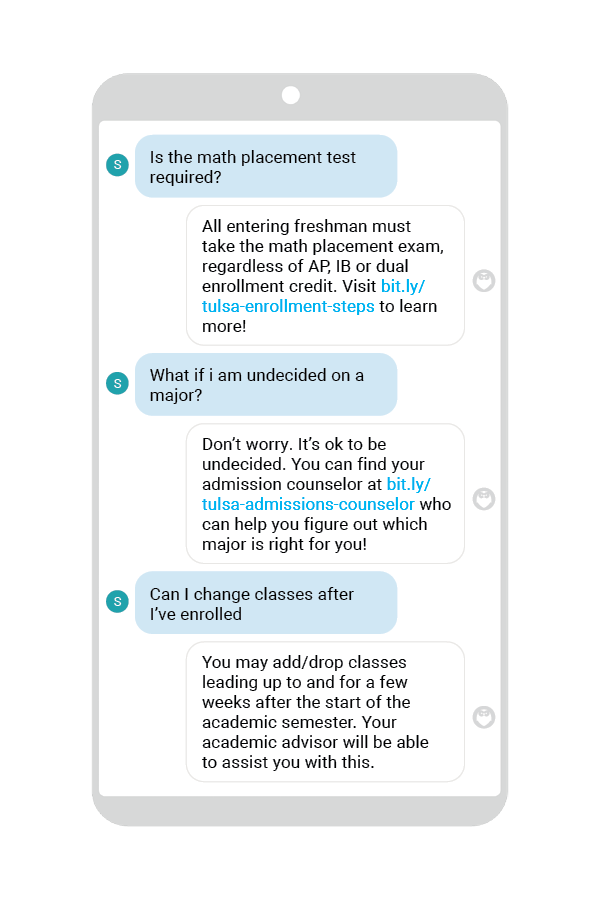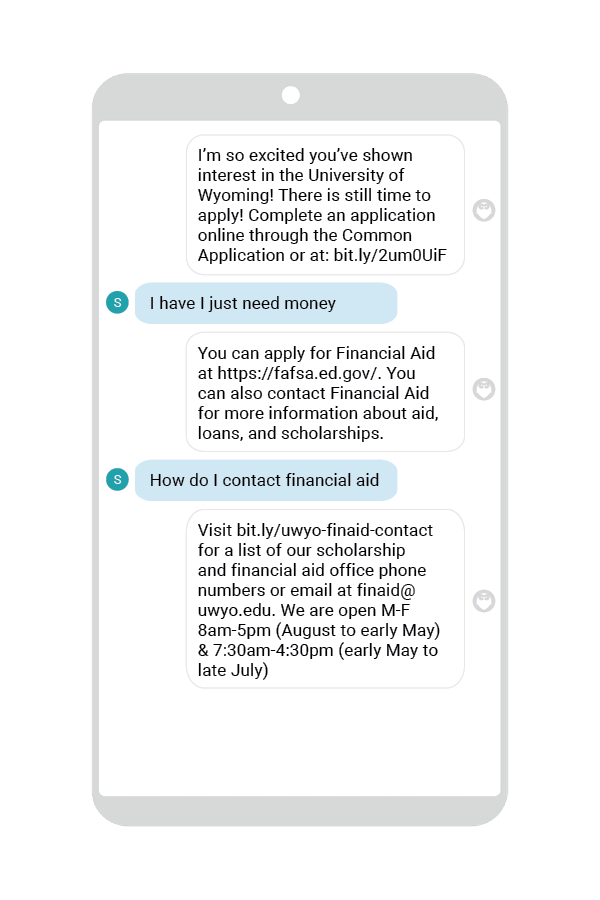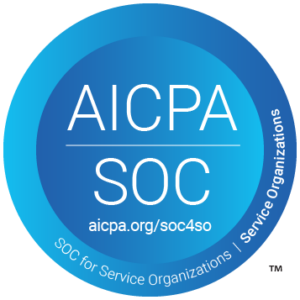In the United States today, about 40% of college students drop out before completing their degree. According to UCLA Professor David Kirp’s new book, “The College Dropout Scandal,” the heart of the crisis is not unprepared students. Nor is it the skyrocketing cost of attendance or challenging “weed out” courses. The problem goes deeper than that. To Kirp, the nexus of the college dropout scandal is a profound lack of attention paid to the needs of struggling and alienated students.
Why the term scandal? Kirp chooses this language to emphasize that the dropout crisis is defined by a broken promise. As a society, we tell ourselves that a college education is a powerful engine of social mobility. The promise of a good education is the key to unlock the American Dream. Anyone, no matter who they are, can go to college, triumph over poverty and hardship, and attain economic security and success. The not-so-secret ingredient for achievement? An individual’s hard work and personal resilience.
The dropout crisis is defined by a broken promise. As a society, we tell ourselves that a college education is a powerful engine of social mobility.
However, as students encounter systemic social, financial, and academic hurdles standing in the way of graduation, administrations with limited staff and scarce resources are often unprepared to intervene before it’s too late. The relationship between resource scarcity and dropout rate means that the dropout scandal overwhelmingly plagues large state universities and community colleges, which have far less money per student than many small, elite, and private colleges. Making matters worse, the crisis is exacerbated by state spending cuts to higher education.
After studying models of success adapted by the schools most vulnerable to this scandal – those with a high population of students “at-risk” of dropping out – Kirp came to a major conclusion. He discovered that students perform better, develop resilience, and ultimately graduate in higher numbers when they can say with confidence that their school has their back and sees them as a unique individual. In the book, Kirp memorably quips that students don’t want to be seen as “members of an impersonal bureaucracy that batch-processes them like Purdue Chickens,” but instead yearn to be seen as important members of a community that cares about their success.
Schools can demonstrate this care by forging a sense of belonging within the student population that Kirp dubs “new-gen:” first generation students, impoverished students, and students of color, all of whom drop out at higher rates relative to wealthier, white students whose parents are more likely to have college degrees. Based on a body of research proven to cultivate belonging over disconnection, Kirp identifies five key strategies to fight the dropout scandal:
- Supply information about top colleges (defined by high graduation rates and generous financial aid) to poor students and their families
- Harness the power of text messaging services like AdmitHub to nudge students to and through college, from acceptance to graduation
- Employ data analytics to identify which students could use more hands-on advising
- Provide all students with brief experiences that encourage a growth mindset
- Revamp critically important classes, including remedial courses in mathematics and writing, to be more interactive and dynamic
Two institutions highlighted in Kirp’s book, Georgia State University (GSU) and Arizona State University (ASU), stand out as key leaders in the fight against the dropout scandal. Both institutions embrace the tactics above, including the use of AdmitHub’s AI technology to increase graduation rates and reduce summer melt – i.e., when admitted students “melt off” during the summer and fail to enroll. In April 2016, over 3000 admitted GSU students began texting an AI chatbot named Pounce. Four months later, the university recorded a 21.4% decline in summer melt and a 3.3% increase in enrollment at GSU.
Why do interventions like nudges via text messaging from an AI chatbot work so well? Put simply, students like to text. Kirp cites research from economist Lindsay Page, which shows how custom-designed messages nudge students to complete requirements efficiently and timely. A 2019 report on student preferences found that when colleges need information – such as financial or immunization records – high school seniors said text was their preferred communication platform, not email. Text messages that can quickly respond to student concerns, mimicking the role of a college counselor, can make all the difference in the life of a student whose dream of getting into, staying in, and thriving in college is on the line.

ASU and GSU are not alone in the battle to reform college access with cutting-edge technology and innovative new strategies. Eleven of the best public research universities in the U.S. have come together with ASU and GSU, such as the University of Texas at Austin and The Ohio State University, to form the University Innovation Alliance. The Alliance is a network of institutions committed to making transformative higher education more accessible and affordable for a diverse, working class population of students. Moreover, the Alliance is dedicated to testing innovative ideas, sharing data, and developing scalable solutions that can work on campuses across the country.
Clearly, the problem impeding action against the dropout scandal isn’t a shortage of good ideas. The problem is an innovation gap. Not enough schools are meeting the challenge head-on by embracing innovation, and the consequences are pernicious. The continued failure to act poses a threat not only to the wellbeing of students, but to the economic health of the country. Kirp cites statistics from the American Institutes for Research that shows the cost of college dropouts to the U.S. economy in one year as measured by lost earnings and taxes: over four billion dollars. Students who drop out do not get the benefit of a degree, and they are nearly twice as likely to be unemployed and far more likely to default on student loans than their college graduate peers. This creates not only a moral imperative to leverage proven strategies that prioritize student success, but also a societal imperative to improve the economic wellbeing of the whole country.
The problem impeding action against the dropout scandal isn’t a shortage of good ideas. The problem is an innovation gap.
Closing the innovation gap among colleges will not be easy, and given recent campus demographic trends, it is a challenge that demands far more attention. From 1996 to 2016, the percentage of all financially dependent undergraduate students in poverty nearly doubled from 12% to 20%. Among all undergraduates who file independently from their parents, the rate of poverty climbed from 29% to 42% in the same time period. With more students at risk, the use of data analytics is essential to help institutions identify the students most likely to drop out.
Kirp found that when schools believe in the growth potential of vulnerable students, administrations will be more apt to embrace innovative strategies to tackle the dropout scandal. Tim Renick, Senior Vice President for Student Success at Georgia State University, told Kirp “as long as we assume that these [at-risk] students are designed to graduate at lower rates, we are just replicating a system that is based on inequality and injustice.” According to Renick’s logic, the assumption that at-risk students fail to graduate because of their own shortcomings is incomplete at best. To Renick, students labeled as “at-risk” face not only a lack of cash, academic preparation, or valuable social connections, but are often denied the advantages that wealthier students enjoy, in effect helping to lock privilege into place.

The story of West Texas A&M proves how a bias in favor of growth can spur superior student success outcomes. After years of a student retention rate that hovered in the 60% range, the university partnered with AdmitHub to create Thunder, an AI-powered chatbot focused on nudging students towards class attendance, on-campus engagement, and advising, all factors that powerfully impact retention. A small investment in student success enabled West Texas A&M to send out messages en masse to thousands of students, including scheduled “campaigns” that nudge students to complete specific tasks. Thunder was a booming success. Retention improved by 2.5% in the first year students had access to the chatbot. Not only did Thunder save resources by reducing the dropout rate (and thus lost tuition), but it’s proactive messaging also sparked a “huge decrease in students missing payment deadlines” according to the assistant bursar of the school.
With only so much money to give students and a limited amount of time to teach and advise, schools need to prioritize. Right now, many schools are biased in favor of prioritizing prestige and tradition rather than student success. To solve the dropout scandal, these biases must be overcome and the innovation gap must be closed. Schools around the country have already taken action, integrating new technologies such as AdmitHub chatbots with incredible results achieved at an affordable cost. To convince skeptical administrators, perhaps GSU president Mark Becker put it best when he told Kirp…
“I can give you a social justice argument for ending the college dropout scandal and I can give you an economic one – ultimately, we can’t have students rack up debt without getting a degree to show for it.”
Mark Becker, President, Georgia State University

